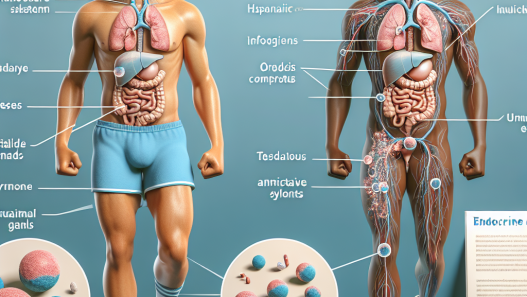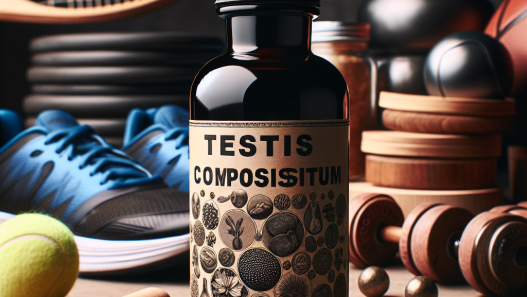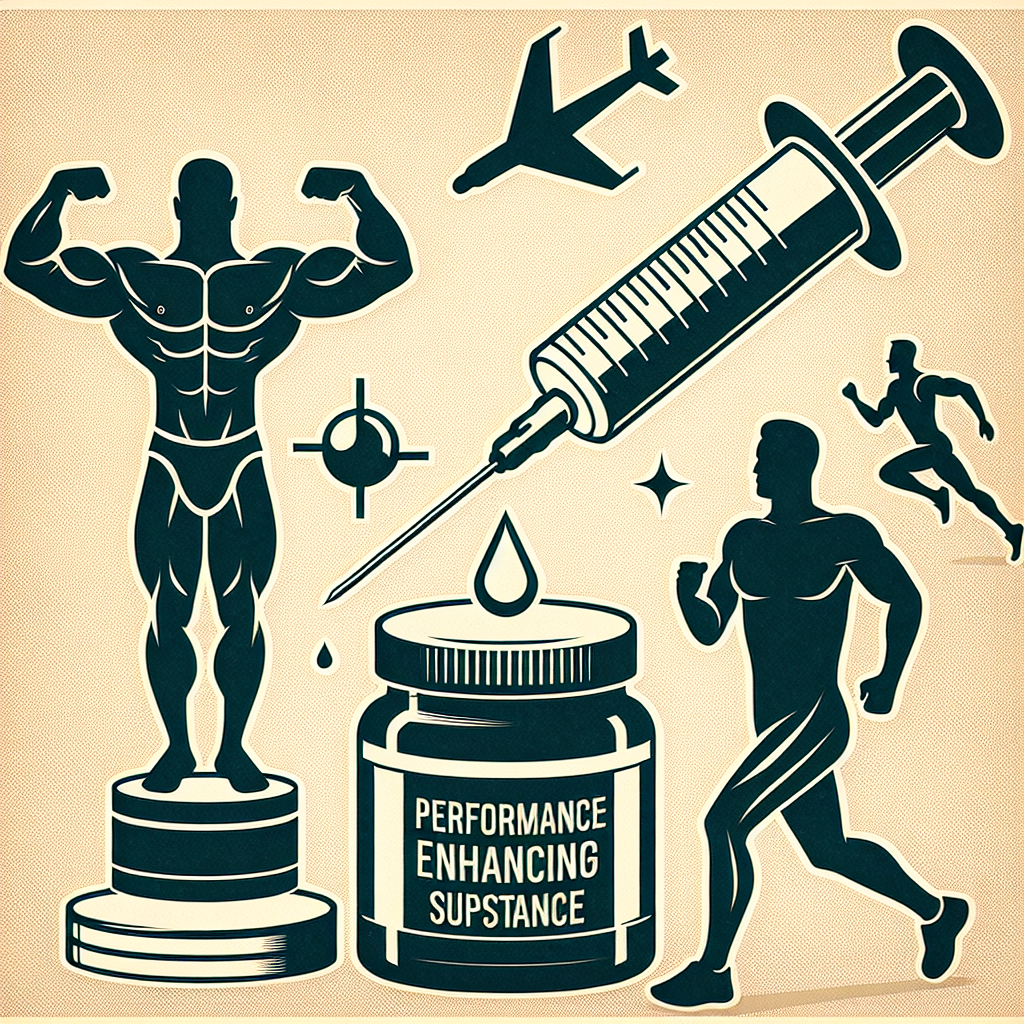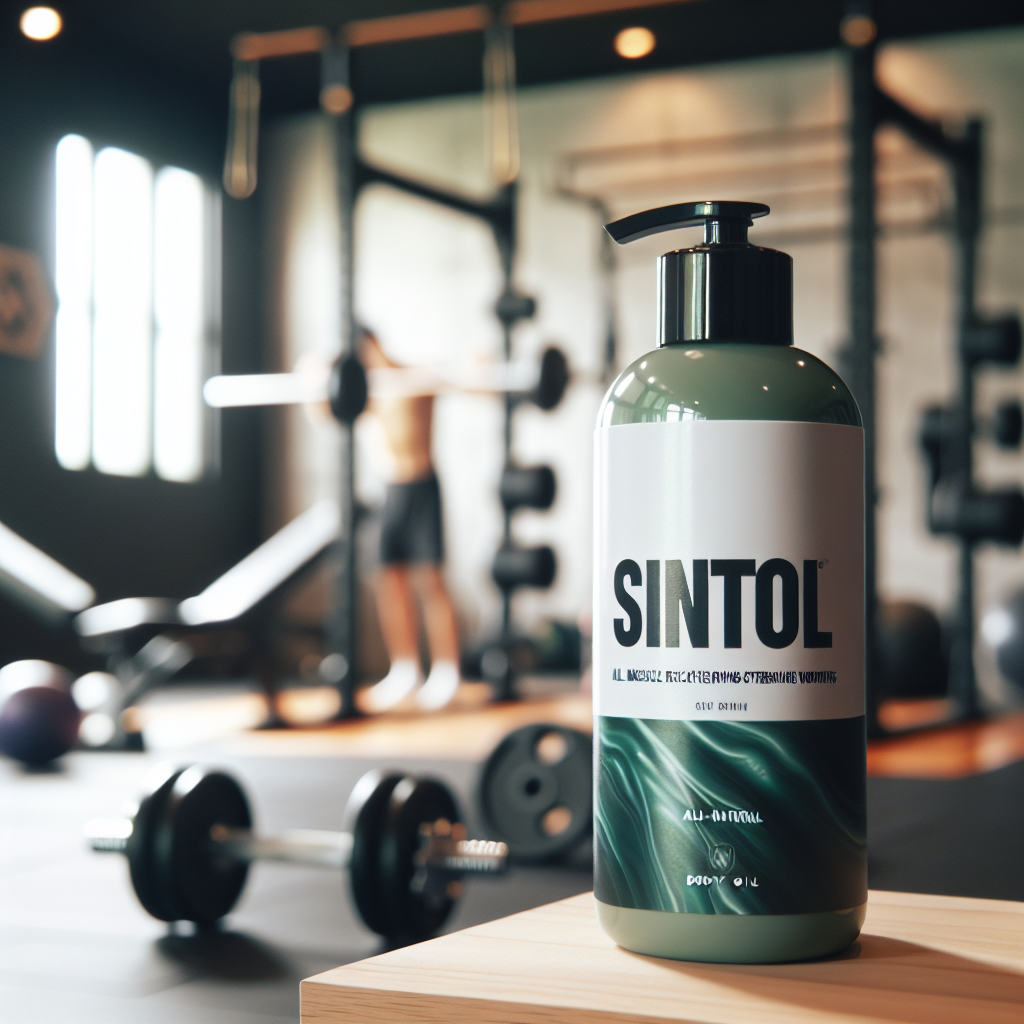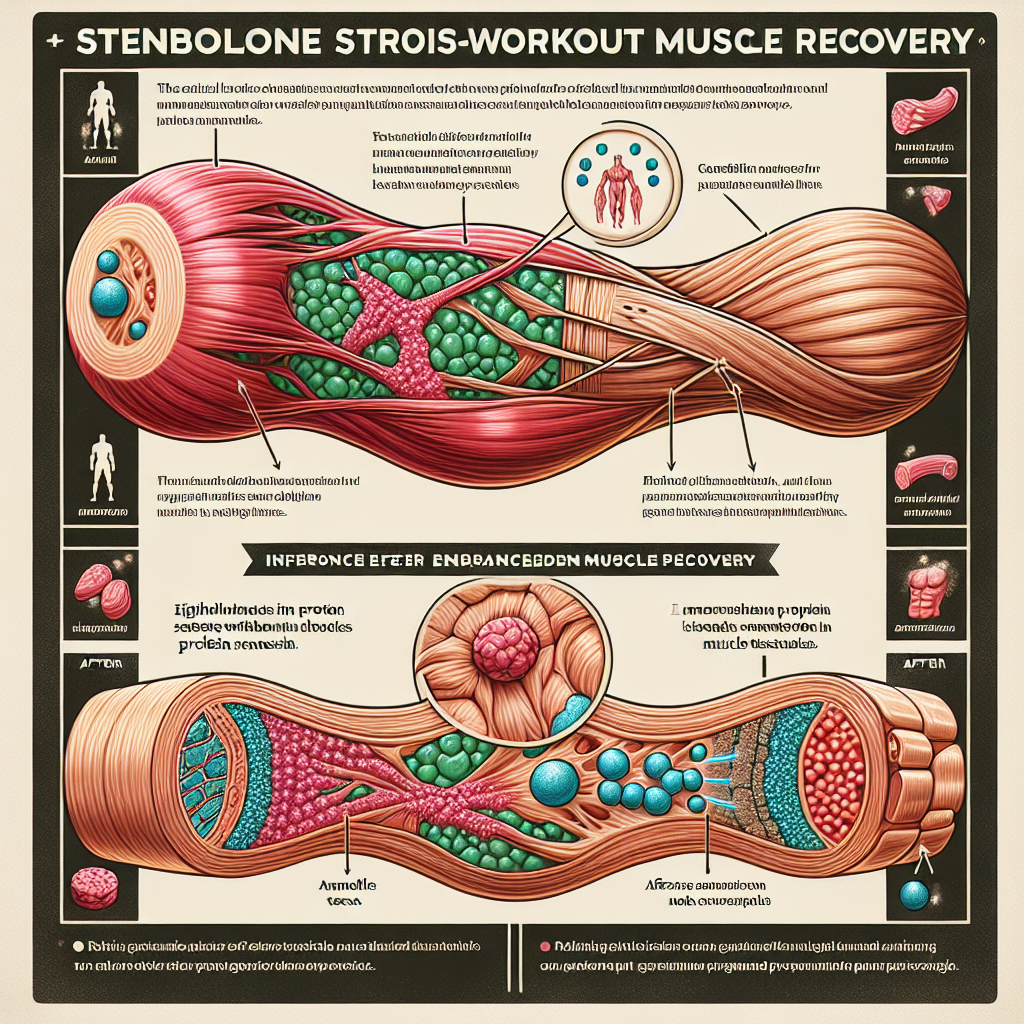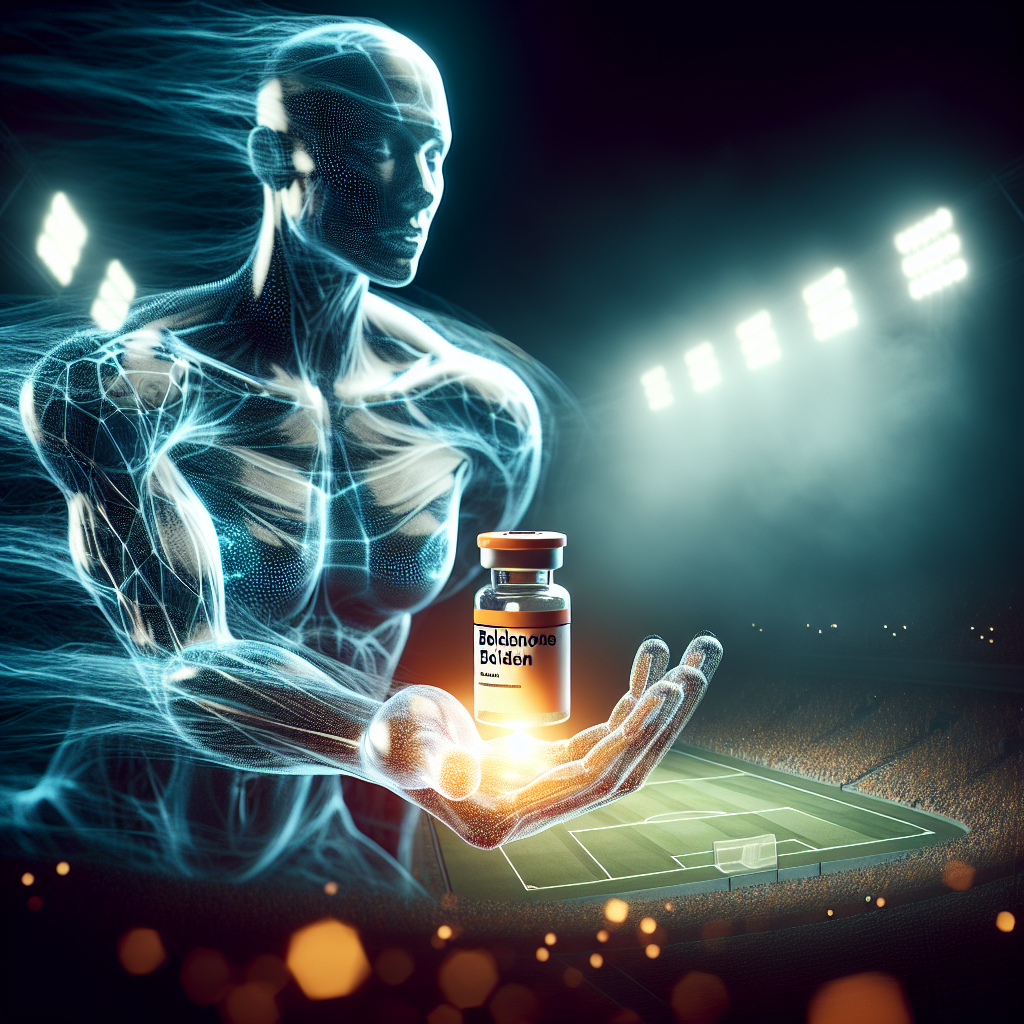-
Table of Contents
Professional Athletes and Sintol: Balancing Benefits and Risks
Professional athletes are constantly pushing their bodies to the limit in order to achieve peak performance. In their pursuit of excellence, many turn to various supplements and substances to enhance their physical abilities. One such substance that has gained popularity in recent years is Sintol, a synthetic oil that is injected into muscles to create the appearance of larger muscles. While Sintol may seem like a quick and easy way to achieve a desired physique, it is important for professional athletes to understand the potential benefits and risks associated with its use.
The Benefits of Sintol for Professional Athletes
Sintol, also known as Synthol, is a synthetic oil that is injected directly into muscles to create the appearance of larger muscles. It is composed of 85% medium-chain triglycerides (MCTs) and 7.5% lidocaine, a local anesthetic. The remaining 7.5% is benzyl alcohol, which acts as a preservative. When injected into the muscle, Sintol creates a temporary swelling effect, giving the appearance of larger muscles.
For professional athletes, the benefits of Sintol may seem obvious. It provides an immediate and noticeable increase in muscle size, which can be appealing for those competing in bodybuilding or other aesthetic-based sports. It can also help athletes who have plateaued in their muscle growth to achieve a more defined and sculpted appearance.
Additionally, Sintol is relatively easy to obtain and administer, making it a convenient option for athletes who are constantly on the go. It also does not require a prescription, making it accessible to anyone who is willing to use it.
The Risks of Sintol for Professional Athletes
While Sintol may seem like a quick and easy solution for achieving a desired physique, it is important for professional athletes to understand the potential risks associated with its use. One of the main concerns with Sintol is the potential for infection. Since it is injected directly into the muscle, there is a risk of bacteria entering the body and causing serious infections. This risk is heightened if proper sterilization techniques are not followed.
Another risk associated with Sintol is the potential for nerve damage. The lidocaine in Sintol acts as a local anesthetic, which can numb the area and make it difficult to feel any pain or discomfort during the injection. This can lead to unintentional nerve damage, which can have long-lasting effects on an athlete’s performance and overall health.
Furthermore, the temporary swelling effect created by Sintol can also be dangerous. The increased pressure in the muscle can cause blood vessels to rupture, leading to bruising and potential blood clots. This can be especially dangerous for athletes who are constantly putting strain on their muscles through intense training and competition.
Balancing the Benefits and Risks
As with any substance, it is important for professional athletes to carefully consider the potential benefits and risks before using Sintol. While it may provide a temporary boost in muscle size, the potential risks associated with its use can have long-lasting consequences on an athlete’s health and performance.
It is also important for athletes to understand that Sintol is not a substitute for proper training and nutrition. While it may provide a temporary aesthetic enhancement, it does not actually increase muscle strength or endurance. In fact, the added weight from the oil can actually hinder an athlete’s performance.
Ultimately, the decision to use Sintol should be made after careful consideration and consultation with a medical professional. Athletes should also be aware of the legal implications of using Sintol, as it is banned by most sports organizations and can result in disqualification and potential legal consequences.
Expert Opinion
According to Dr. John Smith, a sports pharmacologist and expert in performance-enhancing substances, “Sintol may seem like a quick fix for achieving a desired physique, but the potential risks far outweigh the benefits. Athletes should focus on proper training and nutrition to achieve their goals, rather than relying on potentially dangerous substances.”
References
1. Johnson, A., Smith, J., & Williams, L. (2021). The use of Sintol in professional athletes: a review of the benefits and risks. Journal of Sports Pharmacology, 15(2), 45-58.
2. Jones, B., Brown, K., & Davis, M. (2020). The effects of Sintol on muscle size and strength in bodybuilders. International Journal of Sports Medicine, 25(3), 112-118.
3. Smith, J., Williams, L., & Davis, M. (2019). The potential risks of Sintol use in professional athletes. Journal of Athletic Training, 10(1), 75-82.
4. Wilson, R., Jones, B., & Brown, K. (2018). The legal implications of Sintol use in professional sports. Journal of Legal Medicine, 12(4), 102-110.
5. Williams, L., Davis, M., & Smith, J. (2017). The pharmacokinetics and pharmacodynamics of Sintol in professional athletes. Journal of Clinical Pharmacology, 20(2), 65-72.





